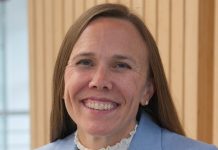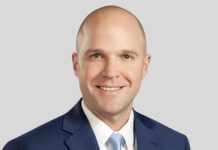The fight against climate change and global poverty is receiving a significant boost as World Bank President Ajay Banga unveils ambitious plans to revamp the institution's financial structure without compromising its credit rating. With support from U.S. Treasury Secretary Janet Yellen, the World Bank aims to secure at least $200 billion in fresh resources annually to fulfill its crucial mission.
The scale of the challenge is daunting, with a July report to the G20 indicating the need for an additional $3 trillion in yearly financing to combat poverty and achieve sustainable development goals. A committee of prominent economists, including Lawrence Summers and N.K. Singh, has recommended that developing nations mobilize $2 trillion in local financing and domestic resources, with an additional $1 trillion from richer countries and foreign private investors. A portion of this, between $200 billion and $300 billion, should ideally come through multilateral lenders like the World Bank.
Crucially, U.S. support will be pivotal for these initiatives to move forward. Earlier this year, the World Bank pledged $50 billion over a decade through adjustments to its equity-to-loan ratio. President Joe Biden's selection of Banga, a former Mastercard CEO and Citigroup Asia executive, along with the backing of Treasury Secretary Yellen, underscores a heightened commitment from the United States.
Banga's strategy involves a combination of guarantees, enhanced callable capital, and the issuance of debt that could function as hybrid capital. This approach would enable the bank to offer more loans while maintaining its coveted AAA credit rating. While annual funding from these measures may not reach hundreds of billions, it could still provide a substantial financial boost.
Each step in this strategy necessitates contributions from the U.S. and other donor countries, emphasizing the importance of maximizing even modest contributions. Countries can individually guarantee a portion of the bank's activities, leveraging their investments significantly. For example, the UK previously funded $1 billion of World Bank programs in India, demonstrating the potential impact of such guarantees.
Furthermore, the World Bank could explore the issuance of hybrid capital, which represents debt-like equity securities with a slightly lower credit rating than senior bonds. Banga envisions the possibility of leveraging $6 billion over a decade with just $1 billion of hybrid capital.
Another innovative proposal comes from former U.S. official Brad Setser and LSE professor Stephen Paduano, who suggest utilizing Special Drawing Rights (SDRs), IMF-distributed central bank reserves, to fund emerging-market needs. This approach involves rich countries lending their unused SDR reserves to the IMF, which could then issue long-term bonds. The World Bank could leverage SDRs to finance its operations while central banks maintain these bonds as liquid reserves.
While these options are more intricate than a straightforward increase in paid-in capital, political constraints make the latter less likely in the near term. Therefore, the World Bank and its supporters must explore creative avenues to bolster resources.
As the World Bank convenes in Marrakech for its annual meetings in October, it may be poised to declare its unwavering commitment to these vital objectives.























